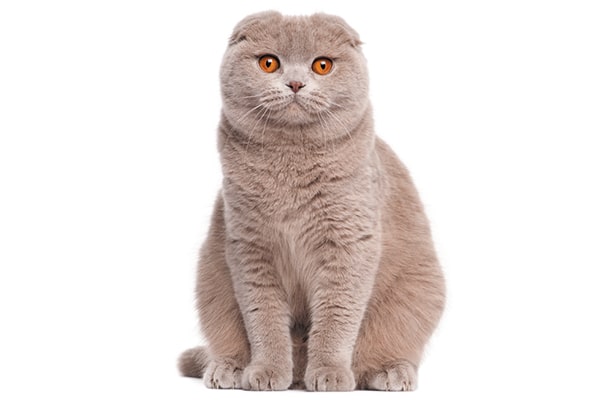As a doctor in a cats-only practice, I love seeing Persian, Himalayan and Burmese cats. Their sweet personalities and calm temperaments make them a dream. Their medical issues, however, make them more of a nightmare. These breeds are known as brachycephalic breeds. Their look is unmistakable: short muzzles, flat faces and big, bulging eyes. In the last several years, some flat-faced cats, or brachycephalic cats, have been bred with flatter and flatter faces, perhaps in a misguided attempt to create the next “internet celebrity” cat. Sadly, this has resulted in severely brachycephalic cats with markedly malformed heads and a variety of medical issues.
Eye issues in flat-faced cats
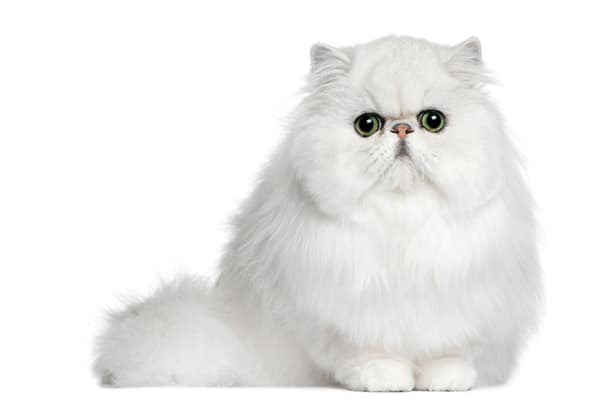
Brachycephalic cats have large, protruding eyes. When they blink, their eyelids often do not close completely, resulting in increased exposure of the cornea. These cats may develop keratitis (corneal inflammation), and it may predispose Persians to a condition called corneal sequestrum, in which black pigment develops on the cornea. It’s an uncomfortable condition that requires surgical intervention.
Persistent eye discharge is also frequently seen in brachycephalic cats. Normally, the tear ducts drain the tears from the eyes into the nasal cavity. In flat-faced cats, the path of the tear ducts is abnormal due to the changes in the shape of the skull, making tears unable to drain properly. Persistent tear staining and an increased incidence of eye infection is the result.
Breathing bothers for smushed-face cats
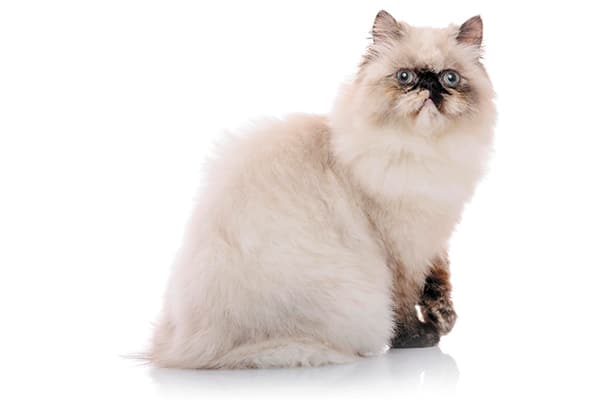
The most significant concern is a condition called brachycephalic airway syndrome, a condition commonly found in flat-faced cat breeds. Affected cats have difficulty breathing, mainly due to stenotic nares, the medical term for extremely narrow nostrils. In addition to tiny, little nostrils, they often have very narrow nasal passages and a longer-than-normal soft palate. Because these cats are born this way, they usually learn to adapt to a life of respiratory hardship, but many of these cats are obviously uncomfortable. If a respiratory infection occurs, the smallest bit of nasal discharge is enough to completely occlude their tiny nostrils, forcing these cats to breathe through their mouths. This does not come naturally to cats, and affected cats clearly are miserable.
A study of pets and air travel revealed that while incidences of pet loss, death, illness or injury aboard flights in the U.S. are very low, brachycephalic dogs are at significantly higher risk for death compared with other breeds. There is no data for brachycephalic cats; however, the similarities in facial conformation between brachycephalic dogs and cats gives one pause.
Other problems for flat-faced cats
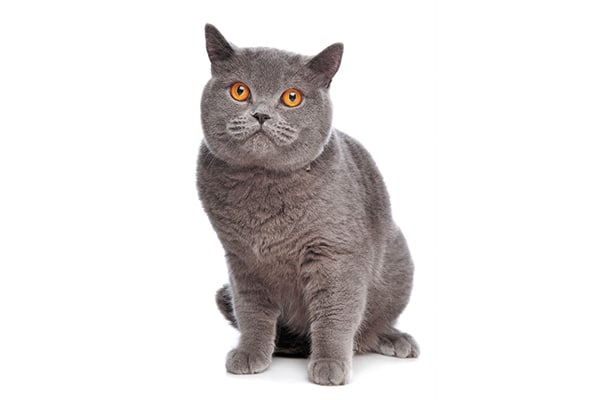
The malformation of the head in brachycephalic cats can affect the jaw, causing the teeth and jaw to be misaligned. These cats often cannot bite and chew properly, leading to dental problems and difficulty eating. Severely brachycephalic cats often have deep, excessive skin folds on their faces. The depth of these folds prevents adequate cleaning by the cat, which can lead to bacterial and/or fungal skin infections.
Severe facial dermatitis can develop, especially in Persian cats. This condition, often referred to as “dirty face syndrome,” requires diligent grooming, cleaning and antibiotics. Extreme cases may require surgical correction of the skin folds.
A vet’s thoughts on brachycephalic cats
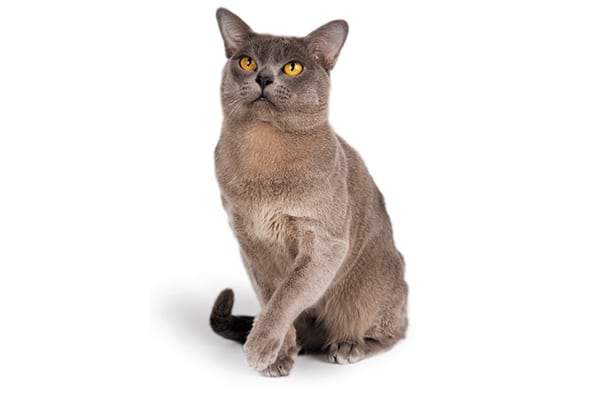
As a veterinarian who has dealt with the harmful consequences of excessive brachycephalic conformation, I feel we need to be more vigilant when breeding brachycephalics and provide extra care when bringing them into our homes.
I’m not the only one with concerns. In Switzerland, the revised animal protection law strengthened regulations against intentional breeding to produce characteristics that compromise the health and well-being of a pet. Two breeders of brachycephalic cats were prosecuted in Switzerland under this law.
Dr. Arnold Plotnick is the founder of Manhattan Cat Specialists, a feline-exclusive veterinary practice on Manhattan’s upper west side. He is also an author of The Original Cat Fancy Bible. Dr. Plotnick is a frequent contributor to feline publications and websites, including his own blog, Cat Man Do. He lives in New York City with his cats, Mittens and Glitter.
Editor’s note: Have you seen the new Catster print magazine in stores? Or in the waiting area of your vet’s office? Click here to subscribe to Catster and get the bimonthly magazine delivered to your home.
Read more about cat health issues on Catster.com:

